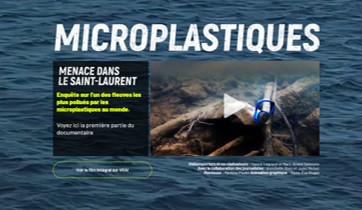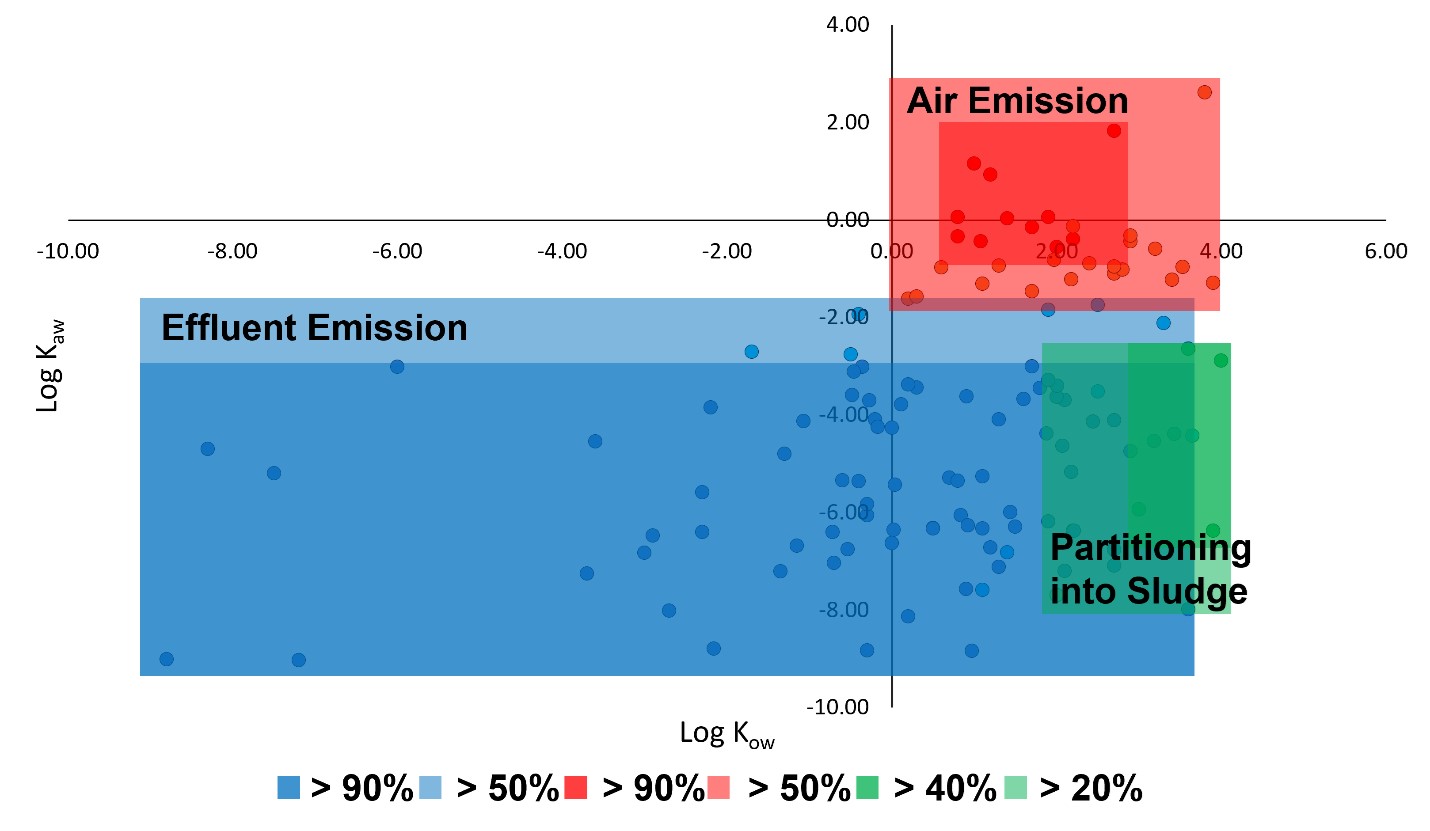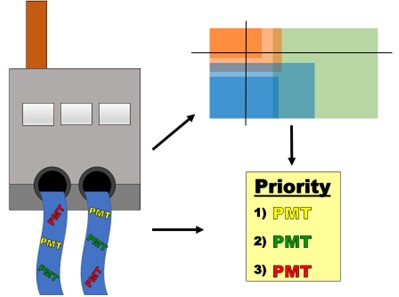Analytical & Risk Analysis Methods

None of our work would be possible without highly sensitive and selective chemical and data analysis methods. Because we focus on emerging contaminants, many of these methods don't exist yet. Within our work, we therefore develop and re-evaluate chemical as well as chemical risk assessment methods to create and adapt methods to the environmental challenges of emerging contaminants. Our state-of-the-art lab includes high-resolution mass spectrometry as well as access to instrumentation and experimental set-ups for experiments ranging from automated microplastic characterization to artificial weathering using constructed wetland cells.

 Projects
Projects
Persistent, Mobile, and Toxic (PMT) substances have been recognised as having the potential to impact environmental and human health. However, there are significant challenges associated with their identification, quantification, and assessment in the environment given the amount of potential PMT substances, the diversity of chemistries and properties they encompass. To evaluate and manage the potential environmental risk of PMT substances in Canada, it is essential to generate a better understanding of (a) the PMT substances that are used in Canada and (b) develop prioritization criteria with regards to the expected environmental risk.
To support the identification of priority PMT substances in the Great Lakes region, we use the European criteria to identify PMT substances used in Canada and prioritize them based on their predicted mobility into the aquatic environment and drinking water resources. The information on which PMT have low predicted retention in wastewater treatment plants is used to identify the physical-chemical property space of priority PMT substances.
The objectives of this study are to:
- Identify which PMTs are used in Canada
- Identify priority PMTs based on their in-silico retention in wastewater treatment plants that can be integrated into environmental monitoring programs
- Identify physical chemical properties that can be used to identify future priority PMT substances
Environment and Climate Change Canada
- Tanjot Grewal
- Eric Fries


 heading
heading
Developing a rapid characterization and quantification method for MPs in environmental samples using machine learning
Microplastic characterization and quantification are still mostly performed by manually counting MPs and identifying them individually. This method is error-prone and has made meta-analyses of the overall trends, behavior, and pathways for microplastics largely impossible. A recent review of microplastics in water found that 92% of the reviewed studies lacked important quality assurance particularly in robustness (reproducibility) of the characterization and quantification.
Automation of the microplastic characterization and quantification will significantly improve the reproducibility of microplastic data and enable robust statistical and pattern analyses. However, until recently, using machine learning to automate microplastic analysis was not feasible due to the long analysis times of the available instruments that made it impossible to analyze enough samples to train a robust model. The release of the laser-directed infrared spectroscopy (LDIR) platform by Agilent technologies has resolved this problem with scan time in the range of minutes compared to hours (as was previously the case). Agilent technologies is providing us with a state-of-the-art LDIR instrument free of charge for the first two years of the project. This enables our lab to develop automated image recognition and analysis of microplastic images and spectral data obtained with the LDIR using convolutional neural network (CNN) analysis.
- Agilent Technologies
- Melissa Solomon
- Ericka De Oliveira
- Mojca Mattiazzi Usaj


 heading
heading
Identification and prioritization of persistent, mobile and toxic plastic additives in Western Lake Ontario urban waters
PMT substances have been recognised as having the potential to impact environmental and human health. However, there are significant challenges associated with their identification, quantification, and assessment in the environment given the diversity of chemistries and properties they encompass. Using an innovative combination of computational analysis, observational and experimental studies with state-of-the art analytical techniques, this project addresses some of these challenges.
The project assesses a diverse suite of PMT compounds focussing on plastic additives, their sources and input pathways to western Lake Ontario by:
- Investigating the importance of effluent from wastewater treatment plants compared to stormwater run-off as sources of PMTs/plastic additives into western Lake Ontario compared to indicator PBT/plastic additive compounds
- Evaluating watershed land-use and microplastic contamination influences on PMT/plastic additive concentrations and patterns in an urbanized watershed
- Identifying priority PMT/plastic additives based on their presence in different watersheds discharging into western Lake Ontario receiving waters, and their predicted environmental risk
The results of this project will provide a comprehensive list of priority PMT/plastic additives of concern in western Lake Ontario and its watersheds that can inform future monitoring strategies and regulatory priority setting. The combination of mechanistic evaluation of transport pathways, impacts of different land-use activities and microplastic co-contamination, and the potential for retention in wastewater treatment plants compared to stormwater will enable evidence-based decisions on the expected effectiveness of end-of-pipe emission reduction measures through e.g. investment into enhanced wastewater treatment technologies compared to regulatory emission reduction and control measures.
- Ontario Ministry of the Environment, Conservation and Parks
- Tanjot grewal
- Eric Fries
- Mandana Barghi
- University of Toronto
- Environment and Climate Change Canada
- Arnot Research & Consulting
